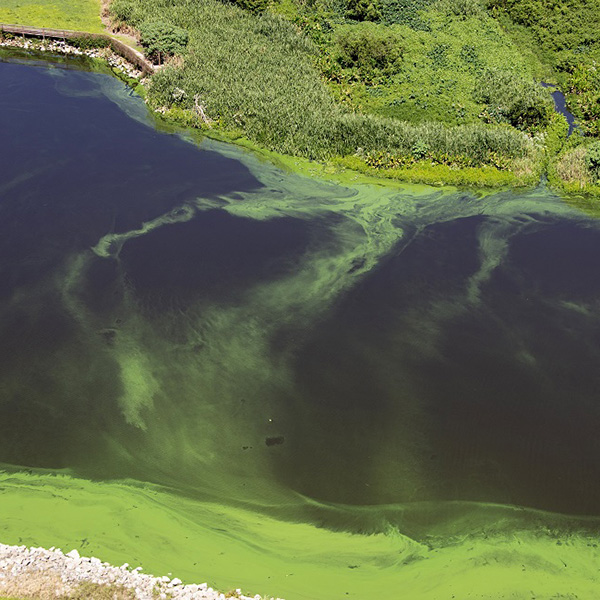
FAU and USF researchers used water samples, sensors, and satellite images to better understand factors contributing to toxic algae blooms in Lake Okeechobee. They focused on how the daily vertical movement of cyanobacteria interacts with lake currents and vertical mixing, which distributes nutrients and oxygen between surface and deeper waters.
The team found that vertical migration, surface growth, and vertical mixing are the main forces behind bloom formation in the lake’s central basin. “High temperature and calm winds favor algae growth, but strong winds can mix the cells below surface limiting their access to light. While horizontal movement does play a role over time, it’s the vertical processes that set the stage each day,” says FAU’s Mingshun Jiang.
View Related Expert Profiles: